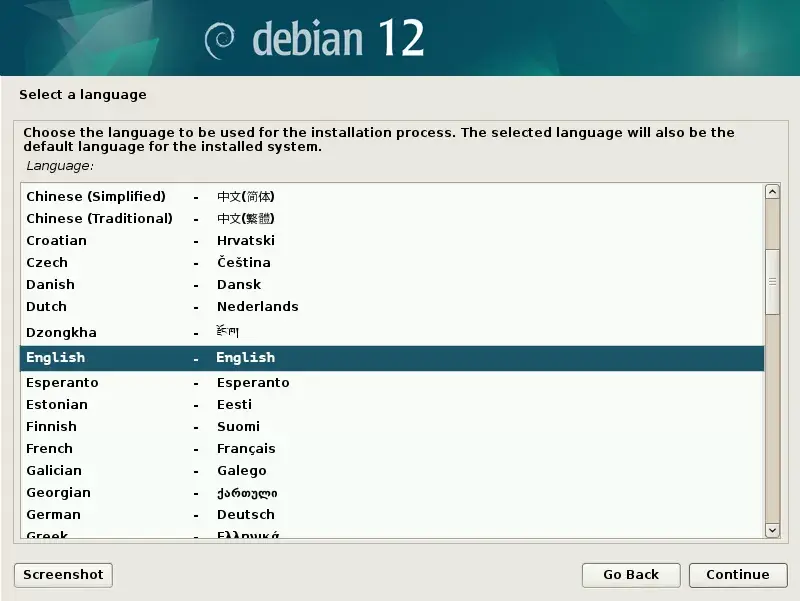

Ah, I responded to one of your comments in your other thread, but it’s more relevant here.
Debian has several live ISOs with the Calamares installer that most other distros use, so it’s as easy to install as any of those.
No need to use the more complicated setup. Boot up the live CD/USB and install like anything else.
If anything, the default install is filled with too many applications (at least the KDE one). Got all the office software, media players, a browser, and anything else that might be relevant. Even comes with a bunch of accessibility stuff like a screen reader preinstalled (but not configured).
Also, you can install Timeshift immediately and use it. Don’t know why that’s an issue. Yeah, it’s not preinstalled, but it’s super simple to install and run the first snapshot and have it do its thing in the background. (Actually, this goes for Fedora as well as several other distros which you’ve put in your recommendations, so it’s not unique to Debian or Ubuntu.)
Honestly, even as someone who uses Timeshift and Debian, I’ve needed to use it waaaaaaay less than I ever did on Kubuntu. I don’t know how someone who isn’t tinkering is going to break the system enough to need Timeshift, really.
I’m not even sure if someone unfamiliar with Linux and not interested in the inner workings will even really understand the purpose or how to use Timeshift either. There are Windows users who have no idea about System Restore or how to use it, which is the closest equivalent.
Also, it’s around two years between releases. Same as Ubuntu LTS, which Mint is based on (and Mint also has a Debian edition based on Debian Stable which they may move to at some point, if the burden of “fixing” Ubuntu becomes too much).
Its biggest problem for beginners is the upgrade process. Instead of just notifying you about a new release and offering to upgrade your whole system, it’s usually on you to follow the release cycle and change the relevant lines in your sources.list, which isn’t particularly user friendly.

Kernels shouldn’t be a problem if you have the backports repo enabled (you can enable it during install, otherwise add it to your
sources.list).You do first have to specify that you want the kernel from backports (or set up APT pinning preferences), but after that, it’ll keep that specific package updated whenever you run
sudo apt upgradeand there’s a newer version.If you installed the generic Linux image on installation (usually the default, I believe), the quick way to upgrade is basically just:
sudo apt install -t bookworm-backports linux-image-amd64It should be noted that backports is not Sid or Testing, it’s stuff built specifically for current Stable that people might need newer versions of for various reasons (e.g. hardware, limited feature updates that don’t affect the base system, some development libraries, etc.), so it’s quite small in the amount of unique packages it has. Like, you can get newer LibreOffice packages, but you’re not going to get Plasma 6 or whatever.
Right now, the kernel is on 6.7 in backports, while Stable is on 6.1 and Sid is on 6.8. So you’ll get them a tiny bit later, but that’s in terms of days/weeks, rather than, you know, the usual two-ish years (not counting security updates).
Side note: if you want all this enabled by default, Spiral Linux is just straight up Debian Stable with a bunch of firmware packages preinstalled for easier installation on a variety of hardware and the kernel is updated via backports by default, so you could give that a shot as well.
It’s not like “a distro based on Debian”, it is Debian, but set up with conveniences for modern desktop users and also sets up btrfs + apt snapshotting by default, similar to OpenSUSE Tumbleweed’s process.